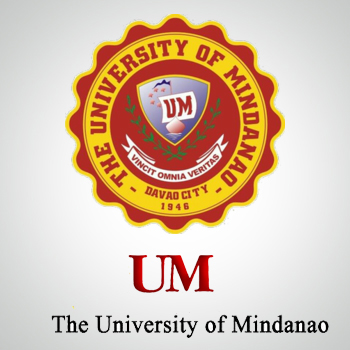Author Guidelines
Authors are invited to submit original, unpublished manuscripts that are not under review elsewhere. All submissions must follow the guidelines below:
A. GENERAL REQUIREMENTS
-
Authors are invited to submit original, unpublished manuscripts that are not under review elsewhere. All submissions must follow the guidelines below:
-
Manuscripts submitted to iLEAD must be original, based on research or conceptual frameworks, and written in English or Bahasa Indonesia.
-
Submissions must not have been previously published or currently under review by another journal or publication.
-
Authors must thoroughly proofread their manuscripts before submission.
-
All authors are required to submit a Declaration of Originality Form, which can be downloaded from the journal website and uploaded alongside the manuscript.
B. WRITING RULES
1. Length and Formatting
-
Manuscripts should be 4,000–7,000 words in length (excluding references).
-
Use Cambria, font size 11, single-spaced, on A4 paper.
-
Please use the official journal template for detailed formatting requirements.
2. Structure of the Manuscript
a. Title
-
Should be clear and informative, not exceeding 14 words.
-
Avoid abbreviations and jargon.
b. Author Information
-
Include full names, institutional affiliations, and active email addresses.
-
Collaborative works are encouraged, with a maximum of five authors per manuscript.
-
International collaboration (authors from at least two different countries) is highly encouraged.
c. Abstract
-
Written in both English and Bahasa Indonesia (if applicable).
-
Length: 150–250 words.
-
Should summarize the background, objective, method, key findings, and conclusion.
-
Format: Italicized, Cambria, 10 pt.
d. Keywords
-
Provide 3–5 keywords, arranged alphabetically and separated by semicolons (;).
e. Introduction
-
Present the background and rationale of the study.
-
Include relevant literature and identify the research gap.
-
End with the objectives and significance of the study.
f. Method
-
Describe the research design, participants, instruments, data collection, and data analysis techniques.
-
For conceptual papers, explain the theoretical foundation and methodological approach.
g. Findings and Discussion
-
Present findings clearly and concisely.
-
Discuss their implications in relation to previous studies.
-
Avoid simply repeating results and minimize excessive citation.
h. Conclusion
-
Summarize the study’s main findings and address the research objectives.
-
Offer practical implications and recommendations for future research.
-
Do not repeat content from the abstract.
i. Acknowledgement (optional)
-
Acknowledge contributions or funding support from individuals or institutions not listed as co-authors.
j. References
-
Use APA 7th Edition citation style.
-
Include a minimum of 15–40 references, with at least 80% from recent journal articles (preferably from the last 10 years).
-
Utilize reference management tools like Mendeley or Zotero.
-
C. REFERENCES – CITATION STYLE EXAMPLES (APA 7th Edition)
In-text citation example:
(Brown, 2020) or Brown (2020)
Reference list examples:
-
Brown, H. D. (2020). Principles of language learning and teaching (6th ed.). Pearson Education.
-
Liu, M., & Jackson, J. (2018). An exploration of Chinese EFL learners’ unwillingness to communicate and foreign language anxiety. The Modern Language Journal, 92(1), 71–86. https://doi.org/10.1111/j.1540-4781.2008.00687.x
D. ONLINE SUBMISSION GUIDELINES
-
Authors must register and log in to the journal system to submit and track their manuscripts.
-
Please go to:
-
All submissions must be made via the Online Journal System (OJS)


